These are the 10 most useful tools you will need in your kit.There is the right tool for every job in all trades and this is especially true for watch repairing. No matter how many tools you have, there always seems to be something needed. I know many watch repairers, some with many, many years behind their belts, who truly enjoy sifting through a catalog of tools in order to see what would make their lives easier.
For those wishing to purchase tools for your toolkit I have compiled a list of watch tools and material suppliers.
As you could imagine, with many years in the trade I have accumulated a nice collection of tools and equipment. But occasionally I do enjoy the purchase of that new tool which may well make my life just that little bit easier. And there is no better feeling than buying quality tools, knowing that you are using the best.
That being said, there are several tools which are very important to have on day one of your watch repairing career. And even if you are an enthusiast and watch repairing is your hobby, you should consider these 10 tools at a minimum to be in your tool box.
TWEEZERS
Watchmakers tweezers are of paramount importance. A good, well maintained pair of tweezers are needed. But you really should consider having several sizes for different jobs.
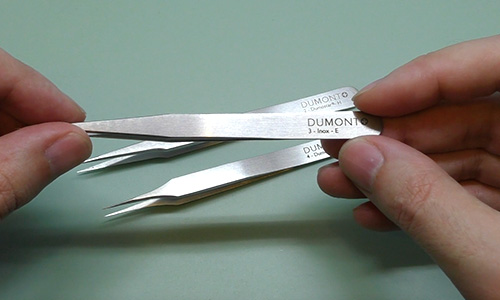
- SIZE 2
Used for picking up heavier pieces and in particular are useful for handling train bridges and base plates, as well as general use when working on pocket watches. - SIZE 3
These are finer than size two and are useful for general purpose when working on wrist watches. - SIZE 5
This size will have extremely fine tips and are most useful when working on watch escapements and manipulating hairsprings. - Size AM.BR
These are quite heavy tweezers made of brass. These are useful when working on high grade watches where you do not wish to risk scratching any of the watch plate surfaces
Other sizes are available but you really should consider the above at a minimum.
There are many choices even after you have chosen which sizes to purchase. You can get carbon steel, stainless steel and anti-magnetic. There are also brands such as Bergeon, Horotec and Dumont.
Many professional watch repairers tend to use Dumont as they have a fantastic range to choose from. In particular I can recommend the Dumostar range. These are anti-magnetic but also quite hard wearing.
If you bend or damage the tips on your tweezers then you can re-shape them using a sharpening stone. If they get too worn then they are still useful for rough work like lifting spring bars when fitting straps etc.
SCREWDRIVERS
A decent set of screwdrivers is, naturally, a must. There are many manufacturers and qualities to choose from, but it is not recommended to use the cheap variety sold on eBay or at your local market as these will usually have very soft tips and could likely slip and cause damage to the watch you are working on.
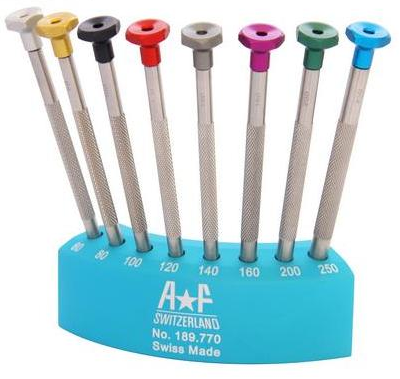
Popular brands include A&F, Bergeon and Horotec.
A&F manufacture a great set of screwdrivers for a reasonable price, and these are an excellent choice for getting started.
Many watch repairers may debate over which is best between Bergeon and Horotec. I prefer Bergeon with the ergonomic heads. Other watch repairers I know swear by the Horotec’s. (EDIT: I have recently purchased a set of Horotec screwdrivers and I have changed my mind – the heads have ball bearings and they feel much more comfortable as a result).
Everybody I know seem to agree that the Bergeon fully ergonomic screwdrivers are terrible (the ones with the rubber shaft).
HAND LIFTING TOOLS
Essential for removing the hands from a watch.
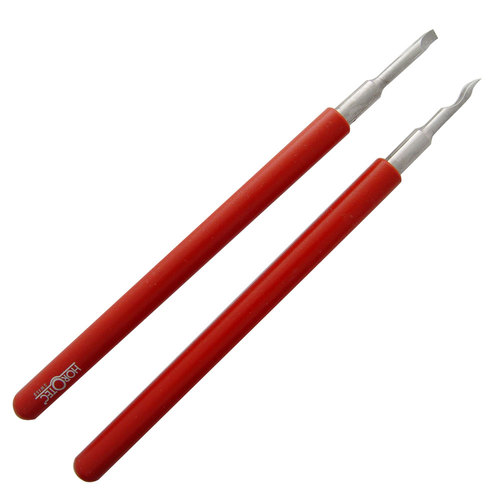
Hand Levers
These come in pairs and are metal rods with a tapered flat edge at the tips which is curved into a blade and will have a ‘v’ cut in the blade centre. These come in several sizes which would be useful for small watches up to small clocks.
Presto hand lifters
This is a single tool which has a spring loaded lifting mechanism.
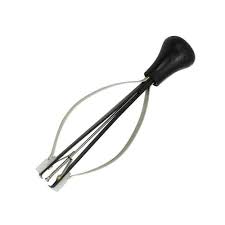
It is useful to have both kinds. My preference is the standard hand lifters
CASE OPENING TOOLS
Case Knife
A case knife is essential for opening a watch case with a snap-on back. It is advisable to keep the blade both sharp and well maintained to reduce the risk of damage to yourself or the watch case.
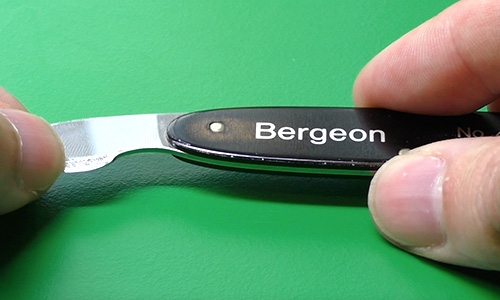
Jaxa Tool
A Jaxa tool is used for opening a watch case with a screw on back. It will come with several tips for different types of watch back.
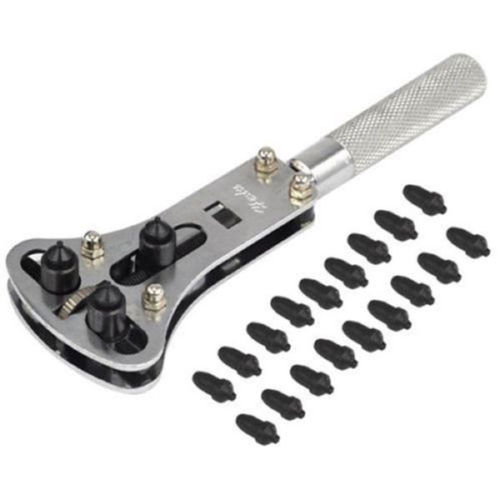
There are a couple of sizes, a standard size and a large size. You can buy the original Jaxa or a cheaper replica.
You should use the opener with the watch case mounted in a case vice (preferably further secured in a bench vice).
CASE VICE
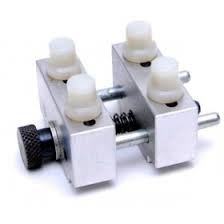
When opening a screw-down watch back, you should consider using a case vice which will help to minimise damage to the case and potential injury to your hand. It is even better to secure the case vice in a bench vice.
AIR BLOWER
When working on your watch, you should NEVER blow on the movement or any parts with your mouth. This will likely cause corrosion. You should use an air blower instead.
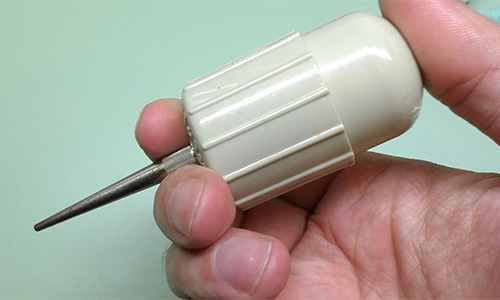
There are a couple of types – a bellows style and a pump style. The bellows style is a bit more aggressive and the pump style is more gentle.
MOVEMENT HOLDERS
When the watch is out of the case, you will want to minimise touching the watch with your fingers. You will also not want to put pressure on the watch when undoing screws and you could break parts. So using movement holders is very advisable.
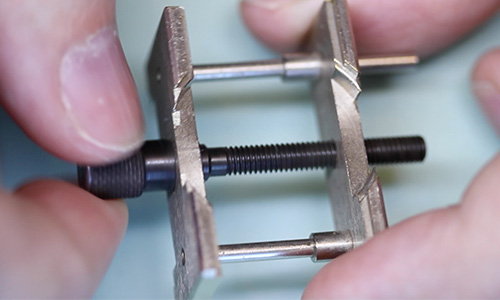
There are regular universal movement holders in various sizes and shapes. and you will find movement holders for specific movement calibres like the Valjoux 7750 or ETA 2892-A2 for example.
EYE GLASSES (LOUPES)
You should invest in eye glasses with quality optics. An eye glass is usually worn in your eye like a monocle. You will find these manufactured by A&F, Bergeon and Horotec. At a minimum you should have a low magnification (x4) and a high magnification (x10) for close inspection work. This is very important when fault finding.
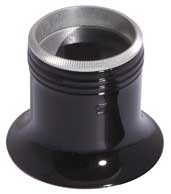
You can get a clip for your spectacles and there is also a head band available for people who cannot get used to wearing an eye glass which can be quite tricky at first.
OIL POTS
Oil pots are inexpensive and a must in order to aid you in getting the correct amount of oil on your oilers.
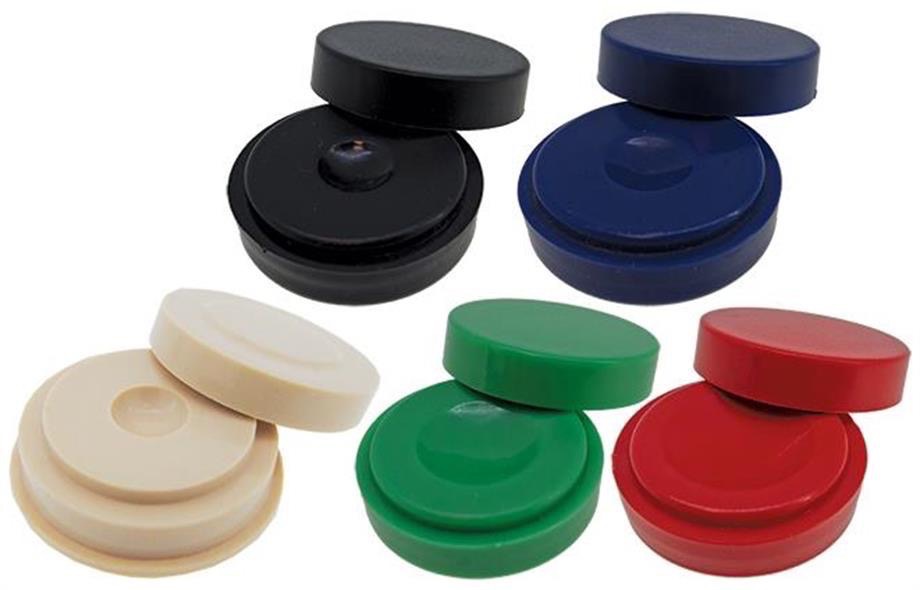
There are cheap and very expensive oil pots and to be fair it does not really matter which ones you opt for as long as they serve the purpose of keeping dust off your precious oil.
OILERS
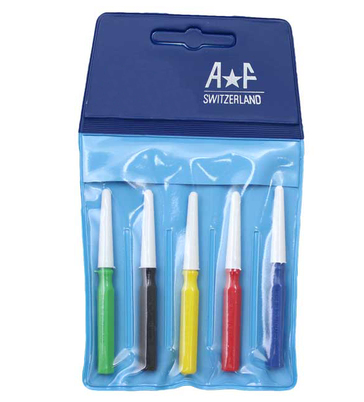
These are fine, specially shaped needles with handles. They are used for transferring small amounts of lubricant from your oil pot to the desired location.
And so this, by no means, is an exhaustive list of all the tools you need to repair watches. In fact, these are the most basic of requirements. I have not mentioned pliers, pin vices, broaches, reamers, files, cutters and measuring equipment. But I will follow up this article with a further list of tools you will need as you expand your tool kit.

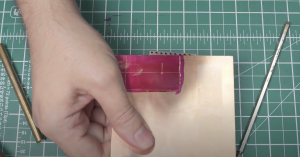
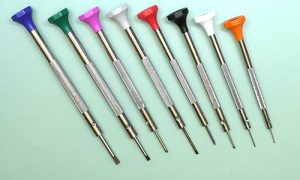
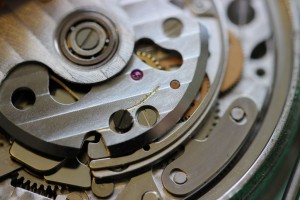
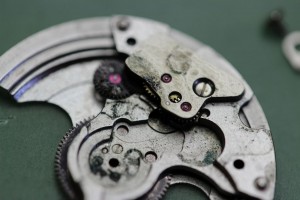
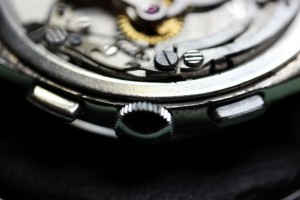
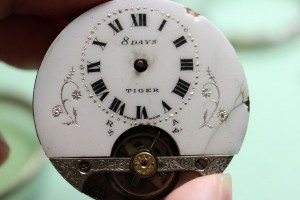
8 comments
Paul Sims
I like the idea but I have to order all this , as there are no suppliers for these tools in my locale. It is at least 4-5 days away.
Paul “Combat Medic”
Ton Proos
For me it would be very helpfully to have one box with all the tools needed for course 1,2 and 3. Why don’t you recommend one package deal or even sell them yourself to your trainees?
Mark Lovick
Hopefully this will help you and others with similar questions…
The basic tools required are all covered in Level 1 – you can see a full breakdown of all the lessons on the Level 1…
LEVEL 1 – THE BASICS (scroll down the page to section c1.2)
And then of course, there is this article I have already written above…
And there is this article I have written which includes links to many suppliers in different regions around the world…
WATCH PARTS & TOOLS SUPPLIERS
>>Why don’t you recommend one package deal or even sell them yourself to your trainees?
I don’t know of a package deal – very sorry! I teach watch repair and spend all my time making this content. I have no time to build a supplies business, my passion is in teaching the craft.
Thank you for your understanding.
Per Andersson
Why do the oilers have such a short shaft ? I feel it would make it more stable if you could hold the oiler like a pen. Perhaps I’m doing if wrong ?
Mark Lovick
Hi per, that is just the way they are – why? I have no idea but I could not imagine them being any other way 🙂
Paul Killoran
Good article, its obvious to some but when your are just starting out you need to know the basics and a picture is worth a 1000 words.
Cecil Dale
Super! Thanks Mark for the FAST answer! This is very useful for me. What about a Cannon Pinion Removal Tool? Can once get that thing out with this tool?
Cecil Dale
I just purchased a Presto tool to be able to remove the Canon Pinion. Now, I just need to get some lubricants and I should be ready to continue on with Course #2